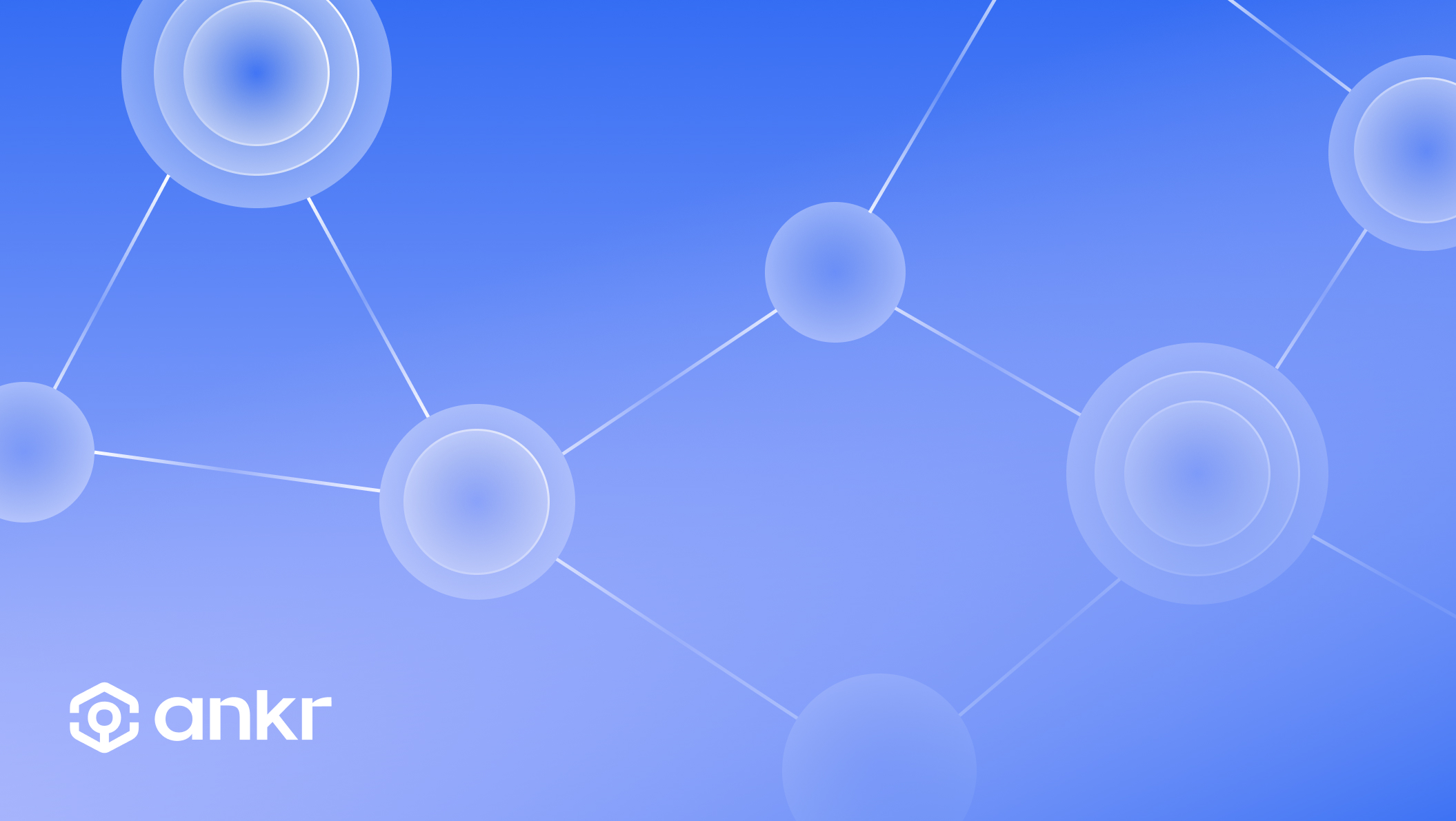Web3 Data Challenges and the State of APIs
 Krinza Momin
Krinza Momin
An odyssey of data and frustration of a developer
Ah, the joys of querying Web3. It's like going on a grand adventure, where you're not quite sure what you're looking for or where you're going to find it. You might start out with a simple query, something like "How many transactions were processed on the Ethereum network yesterday?" But before you know it, you're down the rabbit hole of complex data structures, arcane technical jargon, and seemingly endless frustration.
The first challenge you'll face is figuring out how to actually query the data you're looking for. Once you've finally figured out which method to use, you'll need to start dealing with all of the technical details. You'll need to figure out which Ethereum node to connect to, what the correct block number or transaction hash is, and how to format your query in a way that the node will understand.
And even then, there's no guarantee that you'll get the data you're looking for. The Ethereum network is notoriously unreliable, and you might find yourself getting error messages or incomplete results.
But even if you manage to get your query working, you're not out of the woods yet. Just because you have the data doesn’t mean it’s usable yet. It's like trying to solve a puzzle with only half the pieces.
The challenges of Web3 data querying
Web3 data querying is a hot topic among developers, with many of them struggling to find the best way to access the vast amounts of data on the decentralized web. This has led to a rise in the use of APIs, which provide a simple and effective way for developers to query data on the blockchain.
One of the biggest challenges faced by developers when it comes to querying is the sheer amount of data that is available. With millions of transactions and blocks being added to the blockchain every day, it can be difficult for developers to know where to start when it comes to accessing this data.
Another challenge is the complexity of the data structures. Unlike traditional databases, which are organized in a simple, hierarchical manner, adding cross-chain functionality can be a complex task, as data does not flow easily between different blockchain networks. This added layer of complexity can make it more challenging to integrate and utilize multiple blockchains in a single system
The state of API development
In response to these challenges, many developers have turned to APIs, or application programming interfaces, to help them access data on the decentralized web. APIs provide a way for different software systems to communicate with each other and share data and functionality, making it easier for developers to build complex interconnected applications.
There are several different types of APIs available, each designed to serve a specific purpose. Some APIs allow developers to query data directly from the blockchain, while others provide access to third-party data sources, such as exchanges or other decentralized applications.
The Data Layer for Web3 dapps
Web3 dapps are applications built on top of the blockchain and use smart contracts and other decentralized technologies to provide a wide range of services and functionality.
However, building and running a Web3 dapp is not as simple as building a traditional web application. Unlike traditional web apps, which can easily access data from centralized databases, Web3 dapps must rely on the blockchain for their data needs.
That's where APIs come in. APIs provide a simple and standardized way for Web3 dapps to access data on the blockchain, allowing developers to query data and interact with smart contracts in a consistent and predictable way. In this sense, APIs can be thought of as the data layer for Web3 dapps, providing a common interface that can be used by any dapp, regardless of its specific requirements or underlying technology.
Build with Ankr Advanced APIs
Ankr offers advanced APIs that make it easy for developers to build and ship powerful dapps. These APIs provide a wide range of tools and features, including support for NFTs, tokens, and data querying. This allows developers to build complex and feature-rich dapps, without the toiling of setting up complex RPC calls, that provide value to users and take advantage of the full potential of the web3 data.
NFT API
One of the most popular Ankr APIs is the NFT API, which allows developers to access and query data related to non-fungible tokens, or NFTs. NFTs are unique digital assets, such as artwork or collectibles, that are built on top of the blockchain. They are often used in Web3 dapps to represent virtual items or assets and can be traded and exchanged on decentralized exchanges.

The NFT API offered by Ankr provides developers with a simple and standardized way to access and query data related to NFTs. With the NFT API, developers can easily retrieve information about specific NFTs, such as their metadata, ownership, and transaction history. They can also use the API to display and manage NFTs within their NFT galleries, wallets and marketplace dapps, providing their users with a seamless and secure way to interact with these unique digital assets.
Token API
Another important API offered by Ankr is the Token API, which provides developers with access to data related to tokens. Tokens are digital assets that can be traded and exchanged on the blockchain and are often used to represent a variety of different assets, such as cryptocurrencies, utility tokens, and stablecoins. The Token API allows developers to query data related to tokens, such as their token holders, prices, and account balances.

Query API
With the Query API, developers can easily retrieve information about transactions, blocks, and logs, making it easier to build applications that rely on this data. Additionally, Query API offers developers a simple and standardized way to access data from multiple blockchains, without having to worry about the complexities and differences of each individual chain.

Conclusion
With ANKR's advanced APIs, developers can take advantage of a range of features and capabilities, including no-node maintenance and cross-chain interoperability. These APIs are designed to be easy to use and integrate, making it possible for developers of all skill levels to get started building with blockchain.
From real-time data feeds to advanced analytics and reporting, Ankr's APIs provide a comprehensive suite of tools for building next-generation blockchain-based applications.
Start building now with Ankr Advanced APIs.
Subscribe to my newsletter
Read articles from Krinza Momin directly inside your inbox. Subscribe to the newsletter, and don't miss out.
Written by

Krinza Momin
Krinza Momin
developer relations engineer / ai / ml / web3.